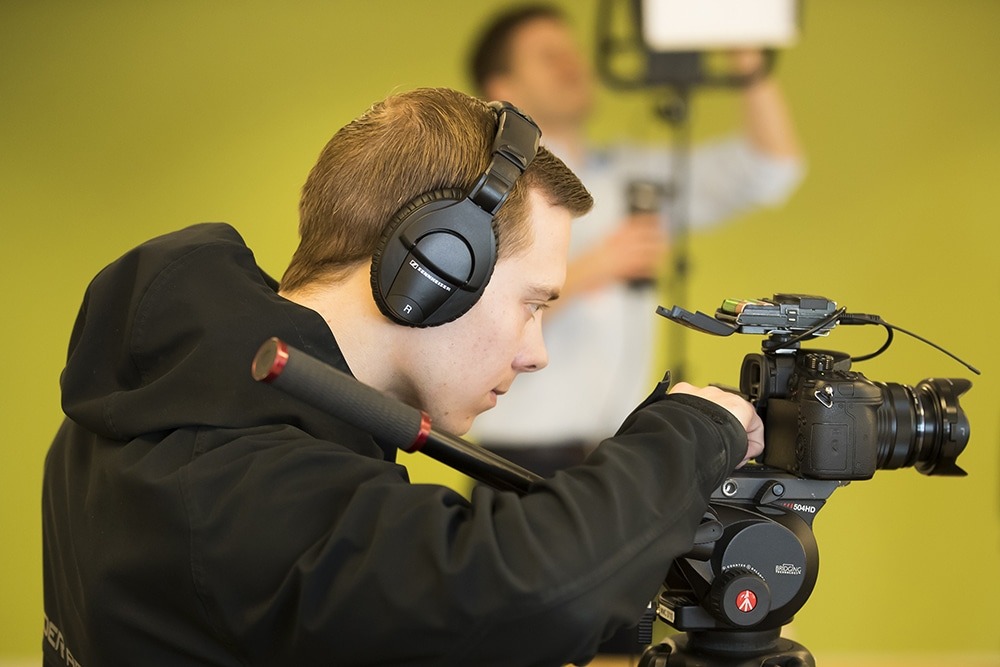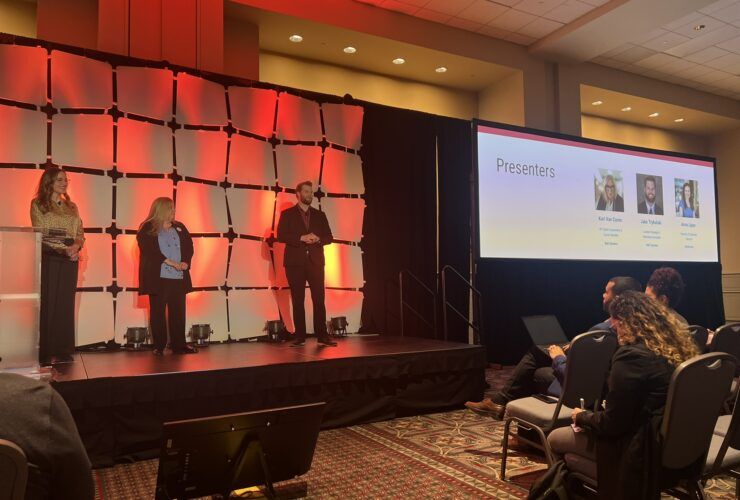Technical Considerations
Using video is very effective when attracting and engaging new talent. 55% of people watch videos online every day, and over 50% of marketers say video is the type of content with the best ROI.
Good recruitment marketing video content shows candidates what it’s really like to work at a company. This can result in better culture fits from applicants. And when a candidate can really picture themselves working at a company, they’re closer to closing.
For some talent acquisition professionals and recruitment marketers, video is a new frontier. Don’t be intimidated. Here at Stories Inc., we have created more than 100 recruitment marketing videos that are performing well for our clients. In this 5 part series, we will help get you started! This post is all about technical considerations for recruitment marketing videos.
Recruitment marketing videos usually don’t need to be shot on the highest-end cinema cameras available. That being said, a little production value can go a long way. Due to the increasing availability and affordability of cameras with high-resolution sensors, shooting in 4K is almost always preferred. 4K will yield a crisper-looking image, and you can easily crop-in on or stabilize a shot without noticeably losing quality. The ability to crop in on an image allows you to frame a shot wider, then cut in on the same image for close-up shot in editing. This provides an editor with a wider variety of shot choices, and can ultimately make a recruitment marketing video more appealing to the eye. Take a look at the difference between a 4K video and an HD video that have been upscaled to 400%. It may not seem like a huge difference at first glance, but look closely at the quality lost in the eyes of the second storyteller.

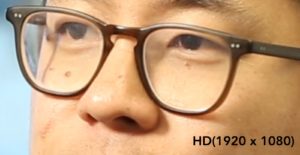
While it is especially important, resolution is not the only technical concern when it comes to recruitment marketing videos. Color correction and sound are both very important elements that will help to make or break the allure of a video.
Almost all consumer cameras (including your iPhone) record video in a color gamut called Rec. 709. The color gamut a camera records in tells the camera how to interpret the voltage readings that are coming from the photosites on the camera’s sensor. This interpretation will determine how an image looks when it is recorded to the camera’s memory card. Similar to resolutions, there are a variety of different flavors to choose from when it comes to color gamuts. Shooting in a color gamut such as S-LOG will yield a much different looking image than shooting on the same camera in Rec. 709. Depending on what you are shooting, and which camera you’re shooting on, it may be beneficial to choose a color gamut such as S-LOG, which will provide you with an image that can withstand more color correction.
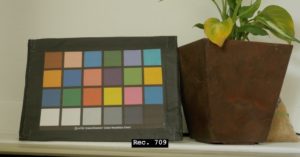
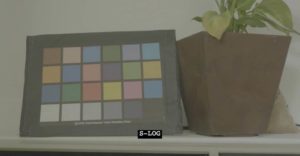
Color correction is essential when attempting to boost or mute certain colors and adhere to a company’s brand or style guide. It can also help to make a video match a desired visual style or to simply fix errors (such as white balance) that may take place while shooting.

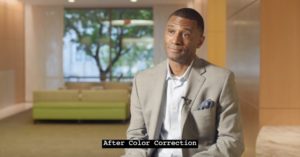
Audio, while not the easiest trade to master, is essential to the quality and cohesiveness of your recruitment marketing video. For story-based videos such as these, the audio doesn’t need to be perfect (and in many cases it’s very difficult to capture “perfect” audio). Including some quiet ambiance in the background of a storyteller’s audio can be beneficial, however, this will make cutting a bit more challenging. In an ideal scenario, your storyteller should be placed in a quiet setting with an interesting (and visually active) background. Ambiance should be recorded separately and edited in as its own soundtrack, independent of the dialogue. This will help to cover audio blips that may be caused by cutting between storytellers. When scouting locations for interviews, I make sure I’m not only looking but also listening. Capturing good audio is just as important as having good visuals. (see below)
If you don’t have access to a camera that’s capable of shooting in 4K and aren’t the most skilled camera/audio tech, don’t worry! Great recruitment marketing videos can still be created with entry-level gear. New cameras are being released almost weekly now, so it’s hard to keep up with the newest camera gear out there. I would never recommend shooting on VHS tapes, but using HD instead of 4K is a perfectly fine substitution. Higher-end camera and audio gear will certainly add production value and will make your life a little easier in the long run, but if you’re paying attention to things like background noise and framing then you’re on the right track!
Stay tuned for my next post about hosting.
—
Any questions on technical considerations for recruitment marketing videos? I’m happy to help: reach out to me at Christian@StoriesIncorporated.com.
Missed the other posts in the series? You can read them here, here, and here.

